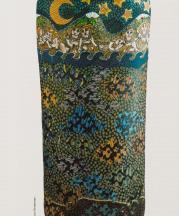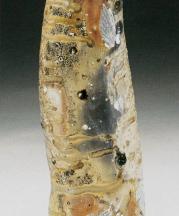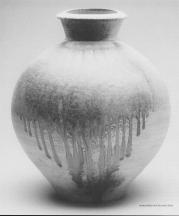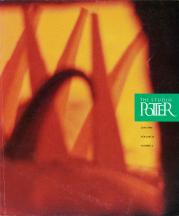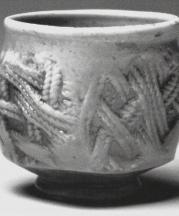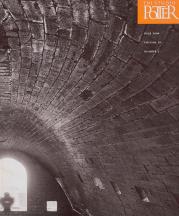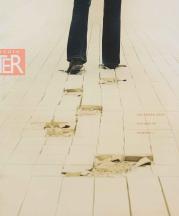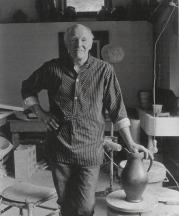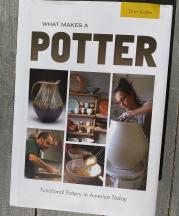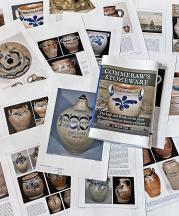Author Profile
Jack Troy
Jack Troy is a potter, writer, and educator. Troy taught at Juniata College for thirty-nine years and has led hundreds of workshops across the country and around the world. He has published two books, Wood Fired Stoneware and Porcelain, Salt Glazed Ceramics, and two books that are a collection of poems, Calling the Planet Home and Giving It Up To the Wind. Jack has written many essays and articles for major publications in the field, including Inscapes, a privately printed tribute to David Shaner. He has been recognized by the National Council on Education for the Ceramic Arts and the Pennsylvania Council on the Arts.

